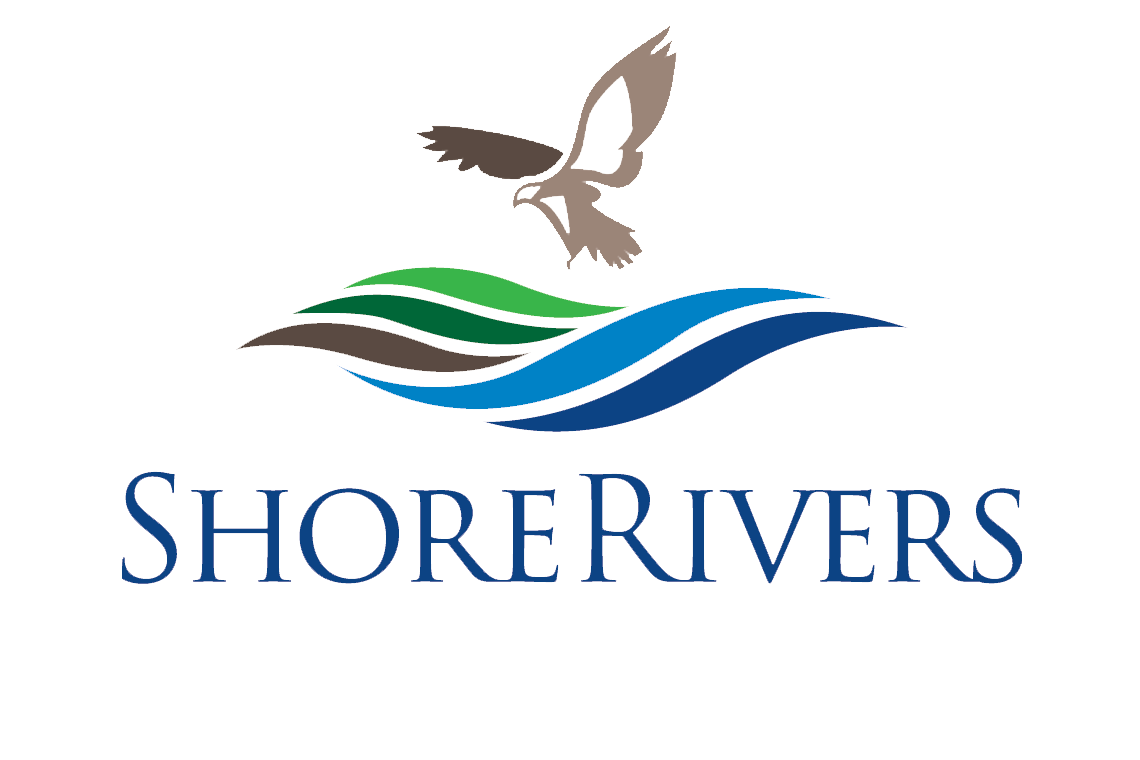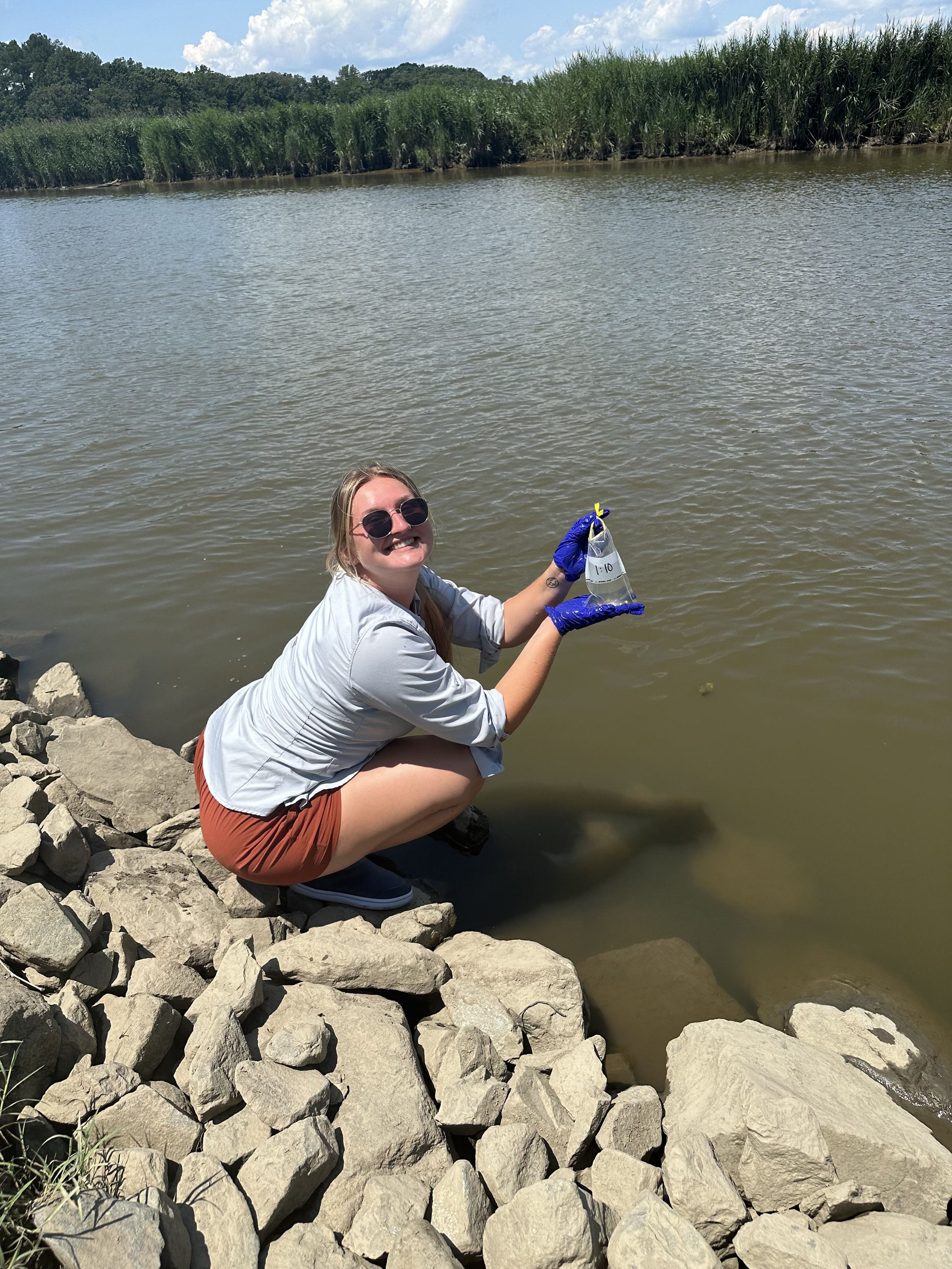Morgan Buchanan—ShoreRivers’ 2022–2023 Conservation & Climate Corps Member and now a full-time educator with the organization—spent part of this summer conducting a study on the relationship between bacteria and tidal cycles in our waterways thanks to generous funding from the Chesapeake Bay Trust. For the study, Buchanan spent multiple days at Morgan Creek Landing in Kent County taking water quality samples every hour over a 12-hour period to cover a full tidal cycle.
Each summer, ShoreRivers works to provide the public with information needed to make educated decisions about contact with our rivers. This year, ShoreRivers monitored bacteria levels at 48 sites around the region—providing a critical public health service for communities and identifying pollution hotspots for future restoration efforts.
A team of community scientists called SwimTesters volunteer their time to test these sites weekly between Memorial Day and Labor Day, and generous site sponsors cover a portion of the associated costs. These SwimTesters monitor for enterococci bacteria at popular public access locations, marinas, yacht clubs, and town piers. The program follows the U.S. Environmental Protection Agency’s standard protocols for collecting and analyzing samples and uses a pass/fail system to determine if bacteria levels are safe or unsafe for swimming. Results can be found on ShoreRivers’ website during the season or on social media, where the results are shared in both English and Spanish.
“Over the past three years, ShoreRivers has grown this program from 32 testing sites across our region to 48, made our communications bilingual, and installed informational signs in many access locations to connect the public to our data in real time,” says Chester Riverkeeper Annie Richards. “We are incredibly proud of this effort, and our growth is a testament to how much our communities value and respond to this critical data. Bacteria levels have a direct impact on how we recreate in these waterways, and it’s up to all of us to find solutions.”
Bacteria levels in our rivers and tributaries vary based on location, landuse, and weather—making systematic, scientific analysis of local water quality vital. This year, thanks to generous funding from the Chesapeake Bay Trust, Morgan Buchanan—ShoreRivers’ 2022–2023 Conservation & Climate Corps Member—spent several 12-hour days in the summer heat at Morgan Creek Landing conducting a continuous bacteria monitoring study to better understand the relationship between tidal cycles and bacteria in our waterways.
“Results from this study supported our understanding that outgoing tides bring the highest bacteria levels for each tidal cycle and that the average levels are higher for days following larger rain events,” Buchanan—now a full-time educator for ShoreRivers— reports. “With limited existing studies on the relationship between bacteria levels and tides on Maryland's Eastern Shore, it’s exciting that we have this unique local data to strengthen our messaging to encourage safe recreation in our communities.”

